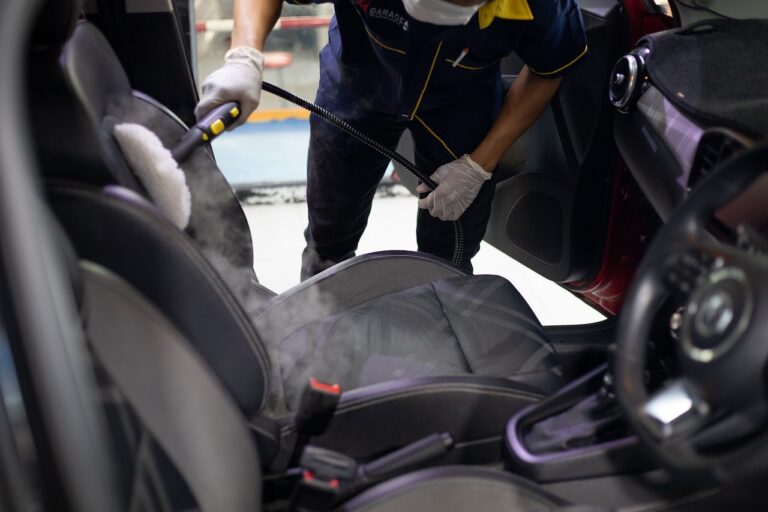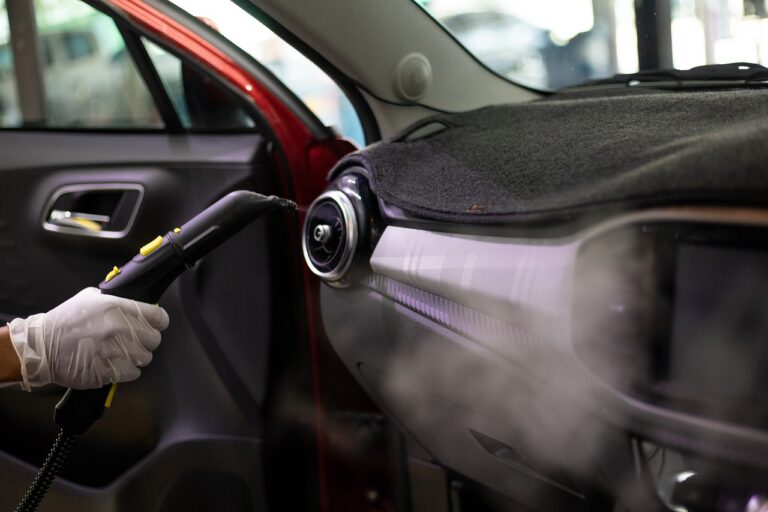Exploring the Potential of Vehicle-to-Vehicle Communication Systems
Vehicle-to-vehicle communication systems, also known as V2V communication, utilize wireless technology to allow vehicles to communicate with each other on the road. These systems enable vehicles to share real-time data such as speed, location, and direction, enhancing overall road safety and efficiency.
By exchanging information with nearby vehicles, V2V communication systems can help drivers avoid potential accidents by providing warnings about sudden braking or lane changes. This proactive approach to safety aims to reduce the number of collisions on the road and improve traffic flow, ultimately leading to a smoother and more secure driving experience for all road users.
History of Vehicle-to-Vehicle Communication Systems
The concept of vehicle-to-vehicle communication systems dates back to the late 1990s, when automotive manufacturers explored ways to enhance the safety and efficiency of vehicles on the road. Early experiments focused on developing technologies that would allow vehicles to exchange information with each other in real-time to prevent accidents and optimize traffic flow. As advancements in wireless communication and sensor technology accelerated, the potential of V2V systems became more promising.
By the early 2000s, research and development efforts in the automotive industry began to translate theoretical concepts into practical applications. Prototypes of V2V communication systems were tested in controlled environments, demonstrating the feasibility of vehicles sharing data such as speed, position, and direction with each other. These early trials laid the foundation for further refinement and standardization of V2V technologies in the years to come.
Benefits of Implementing Vehicle-to-Vehicle Communication Systems
Implementing vehicle-to-vehicle communication systems can greatly enhance road safety by enabling vehicles to exchange real-time information about their speed, position, and direction. This helps in preventing accidents by alerting drivers to potential hazards or sudden changes in traffic conditions ahead. By creating a network where vehicles can communicate with each other, the overall safety on the road can be significantly improved.
Moreover, vehicle-to-vehicle communication systems can also improve traffic flow and reduce congestion on busy roadways. By sharing data about traffic patterns and upcoming obstacles, vehicles can coordinate more effectively, leading to smoother traffic flow and fewer instances of sudden braking or lane changes. This not only reduces travel times for drivers but also contributes to lower fuel consumption and emissions, making transportation more efficient and environmentally friendly.
What is Vehicle-to-Vehicle Communication Systems?
Vehicle-to-Vehicle Communication Systems (V2V) allow vehicles to communicate with each other wirelessly, sharing information such as speed, location, and direction.
How does Vehicle-to-Vehicle Communication Systems work?
V2V systems use dedicated short-range communication (DSRC) technology to transmit data between vehicles within a certain range, enabling them to avoid collisions and improve overall road safety.
What are the benefits of implementing Vehicle-to-Vehicle Communication Systems?
Some of the benefits of V2V systems include improved road safety, reduced traffic congestion, enhanced fuel efficiency, and better overall driving experience for motorists.
Can Vehicle-to-Vehicle Communication Systems help prevent accidents?
Yes, V2V systems can help prevent accidents by alerting drivers of potential hazards, such as sudden stops or lane changes by nearby vehicles, allowing them to take evasive action in time.
Are there any privacy concerns associated with Vehicle-to-Vehicle Communication Systems?
Privacy concerns have been raised regarding V2V systems, as they involve the sharing of personal information between vehicles. However, measures can be implemented to protect the privacy of drivers while still reaping the benefits of the technology.
How can Vehicle-to-Vehicle Communication Systems benefit emergency responders?
V2V systems can help emergency responders by providing real-time information on road conditions, traffic patterns, and accident locations, allowing them to reach the scene of an incident more quickly and efficiently.







